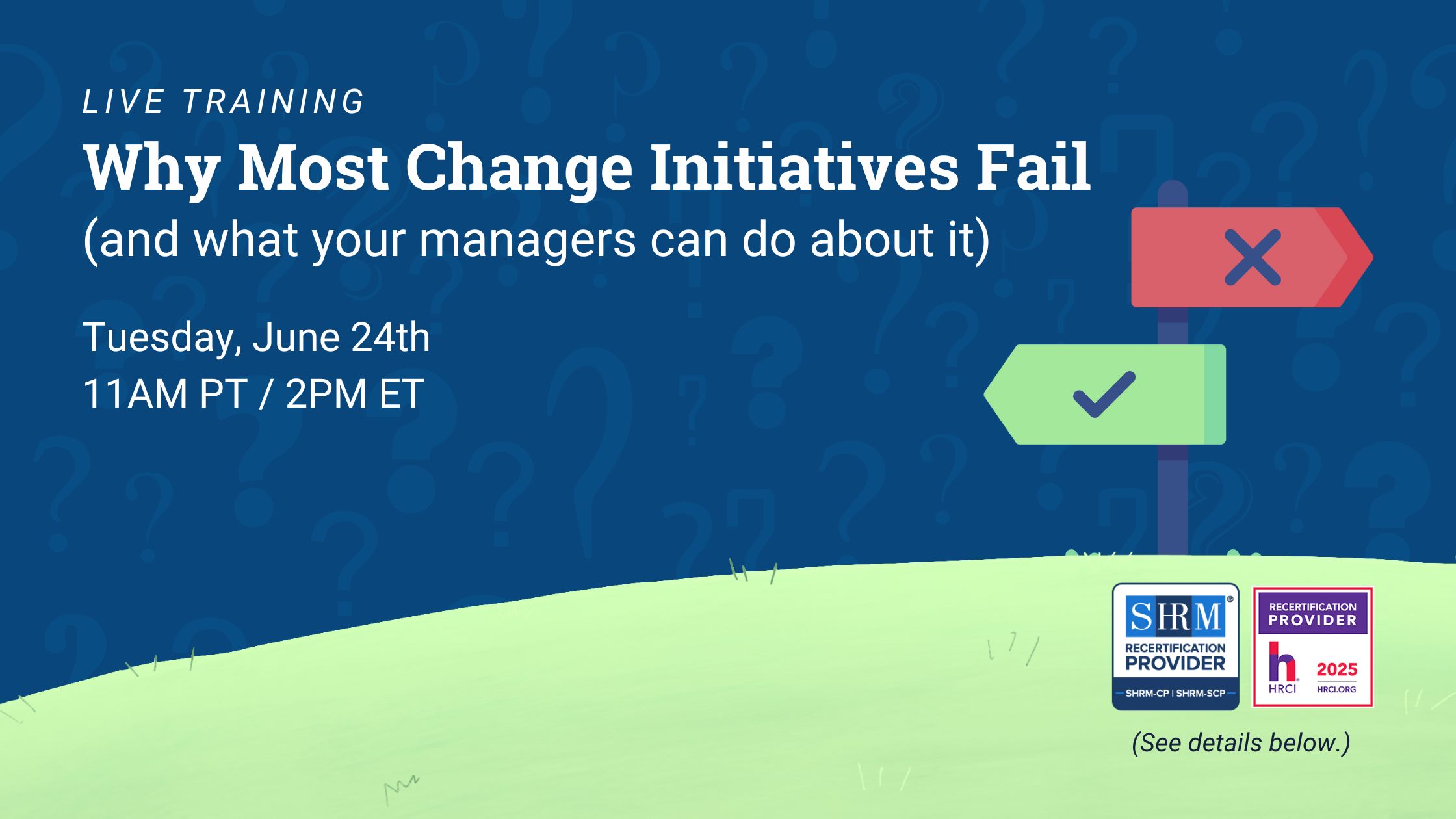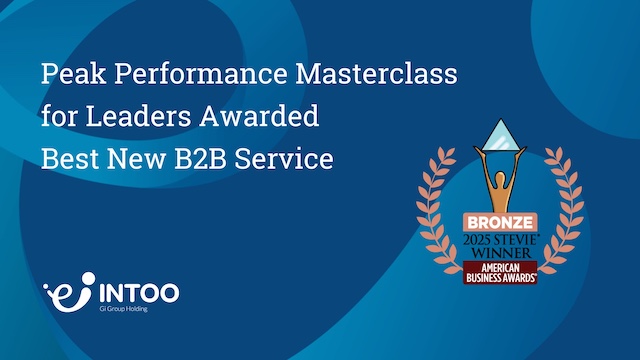Insourcing and outsourcing are two distinct strategies that businesses can adopt to manage their operations and resources. The choice between these two approaches, a decision that rests on the shoulders of managers and business leaders, has significant implications for the organization.
Insourcing involves assigning new projects to existing, internal employees and leveraging the resources within the organization. On the other hand, outsourcing entails entrusting responsibilities to an external provider offering these services.
Let’s examine how managers must carefully evaluate the pros and cons of each approach to ensure that it aligns with the company’s goals, company culture, and financial considerations.
What Is Outsourcing?
Outsourcing is a business practice of hiring an external third-party service provider on a contract or ongoing basis. An outsourcing initiative may involve delegating certain operations or job functions to independent contractors or agencies, often with the motivation of reducing costs, accessing specialized expertise or equipment, or focusing on core competencies.
When a company decides to outsource, they have three main options:
- Onshore outsourcing: Working with a company, individual independent contractor, or team of contractors in their own country
- Nearshore outsourcing: Teaming up with a contractor/company in a neighboring country or one in the same time zone
- Offshore outsourcing: Collaborating with a contractor/company in a far-off country
Outsourcing companies typically delegate management control to their service providers while maintaining oversight through mutually agreed-upon key performance indicators. One example of such a company is Upwork, which is one of the largest and most popular online freelance marketplaces, connecting millions of independent professionals and freelancers from around the world.
Industries such as information technology, healthcare, travel, transportation, energy, utilities, retail, government, banking, finance, telecommunications, manufacturing, and education commonly leverage outsourcing to effectively and efficiently complete essential projects and tasks.

What Are the Benefits of Outsourcing?
The business case for outsourcing varies by situation, as companies weigh the trade-offs between cost optimization, strategic focus, and risk mitigation. However, an organization may experience one or more of the following benefits of outsourcing when choosing an external provider of services:
- Cost savings by tapping into economies of scale or lower labor rates offered by service providers.
- Increased operational efficiency and streamlined processes through optimized workflows.
- Ability to scale resources up or down flexibly according to fluctuating demands.
- Option to delegate non-core functions to dedicate more focus on primary competencies and strategic objectives.
- Access to specialized skills, expertise, and resources not readily available within the internal workforce.
- More effective adaptability to changing market conditions and business needs.
- Accelerated time-to-market for products and services, providing a competitive advantage over rivals.
- Reduced need for continuous investment in internal infrastructure and resources by offloading responsibilities to external partners.
- Access to innovative ideas, intellectual property, thought leadership, and industry best practices not previously present at the client organization
With these benefits, it is also good to be aware of hurdles, such as workplace communication challenges due to language or cultural barriers, time zone differences, loss of direct control over outsourced functions, or slower turnaround times. By carefully assessing and managing these risks, organizations can maximize the advantages of outsourcing.
What Is Insourcing?
Insourcing involves strategically utilizing a company’s existing workforce and internal resources to accomplish tasks and projects, rather than outsourcing to external vendors or contractors.
The approach entails reallocating employees from various departments, another division, or a country subsidiary to form dedicated teams for new initiatives, keeping operations and processes within organizational boundaries. Insourcing offers greater control, oversight, and alignment with the company’s overall business strategies and objectives.
However, insourcing may necessitate investing in employee training programs, implementing new processes, or establishing specialized internal divisions to handle the insourced functions effectively.

What Are the Benefits of Insourcing?
While outsourcing offers several advantages, insourcing can also benefit organizations in certain situations. When a company decides to insource, they gain the following advantages:
- Enhanced quality control and oversight by keeping operations and processes within the organization, ensuring adherence to internal standards and protocols.
- Strengthened protection of intellectual property and sensitive data by minimizing the risk of exposure to external parties.
- Seamless communication and collaboration, leveraging shared organizational context and face-to-face interactions.
- Increased agility and responsiveness to changing requirements by having teams focused solely on the organization’s needs.
- A greater sense of ownership, pride, and engagement among employees, driving higher innovation and reducing errors.
- Internal talent development and career growth opportunities, boosting employee morale and retention.
- Better alignment with the company’s culture, style, and brand voice across all insourced operations.
- Long-term expanded organizational capabilities and expertise by investing in internal resources and knowledge development.
- Potential cost savings over the long term by eliminating the need for continual payments to external service providers.
Insourcing enables organizations to regain control, enhance operational flexibility, and leverage internal synergies while aligning with strategic objectives and fostering a dedicated, engaged workforce.
What Are Examples of Insourcing and Outsourcing?
Insourcing example
Many large technology companies like Apple, Google, and Microsoft insource a significant portion of their software development, product lines and engineering work. They maintain large in-house teams of developers, programmers, and engineers who work on designing, building, and improving the companies’ core products and services.
By insourcing this critical work, these tech giants can maintain tight control over the development process, protect proprietary knowledge and intellectual property, and ensure their products align with the company’s long-term vision and standards. The insourced teams deeply understand the company’s culture, practices, and goals.
Outsourcing example
Customer service and technical support are commonly outsourced by companies across various industries. For instance, when you call the customer support line for your cable/internet provider or mobile phone carrier, you are likely speaking to an agent working for a third-party outsourcing firm. Companies outsource these functions to contact centers that can provide trained agents at a lower cost, often located in regions with lower labor costs. The outsourcing providers invest in the infrastructure, training, and staffing required to deliver round-the-clock support efficiently. Such work allows companies to focus on their core offerings while accessing a flexible workforce without the overhead of managing their own call centers.
By insourcing engineering and outsourcing support, tech companies can prioritize their strategic competencies while cost-effectively leveraging external expertise for non-core but essential functions.
Another example would be when a company contracts an independent graphic designer, writer, or legal consultant who can work for a single project engagement or recurring needs. When these skills are not needed full-time, contracting specific work to an individual with specific capabilities and availability can be both cost- and time-efficient.
Make the Most of Your Insourcing and Outsourcing Efforts
Successful insourcing and outsourcing are dependent on an organization’s specific needs, capacities, and budget. Using the guide above to carefully consider the factors impacting your company’s decisions about resources will help you make an informed and effective choice.
INTOO helps organizations improve the diversity and quality of skills within their workforce through comprehensive career development programming, including career coaching, workshops, and training and leadership development programs.
Contact us to learn how we can help your business elevate its internal resources.











